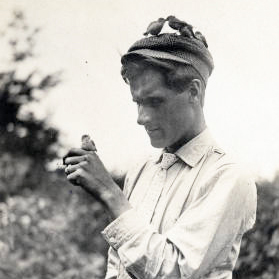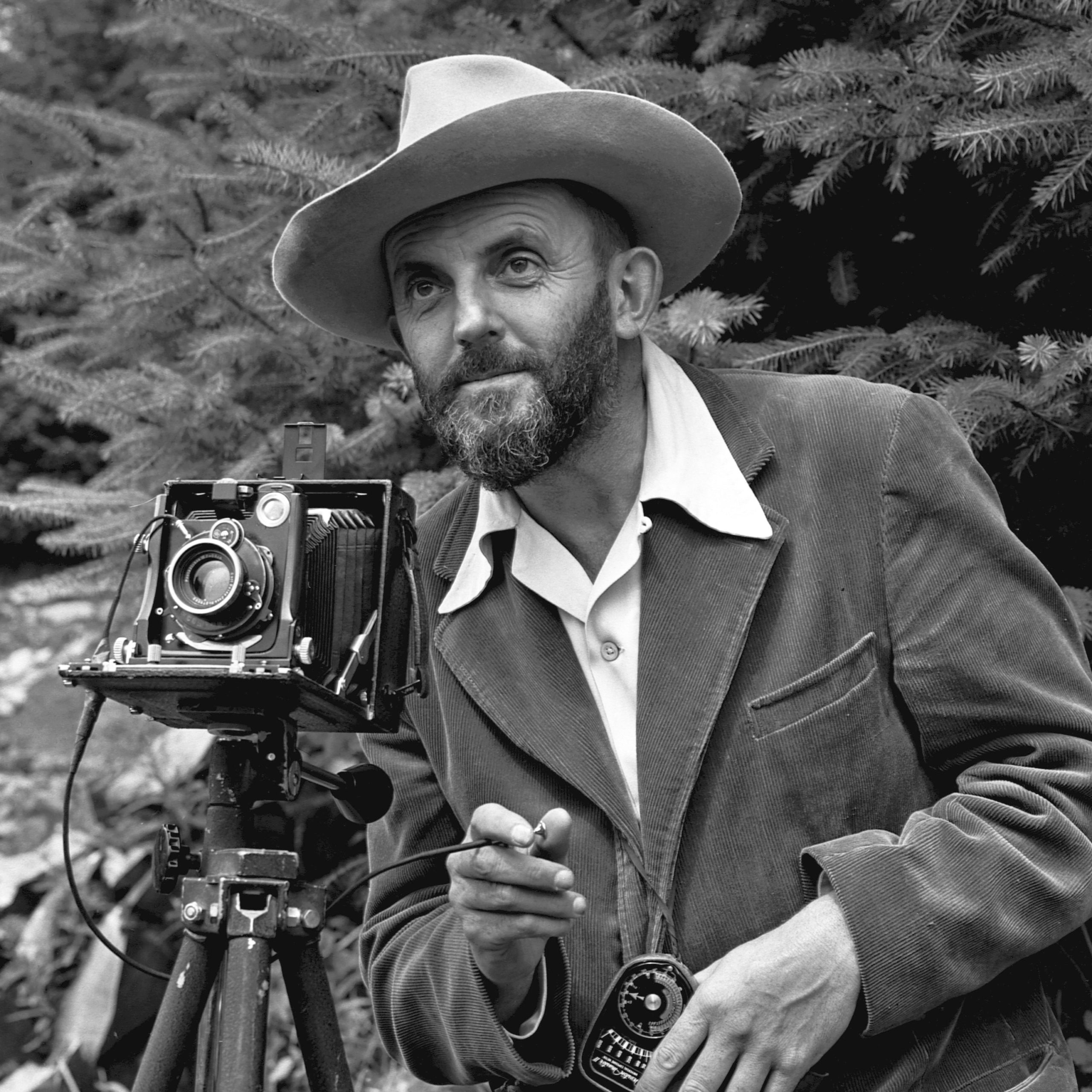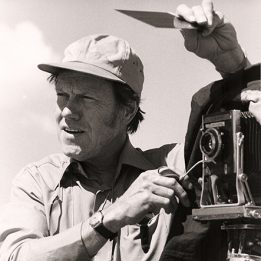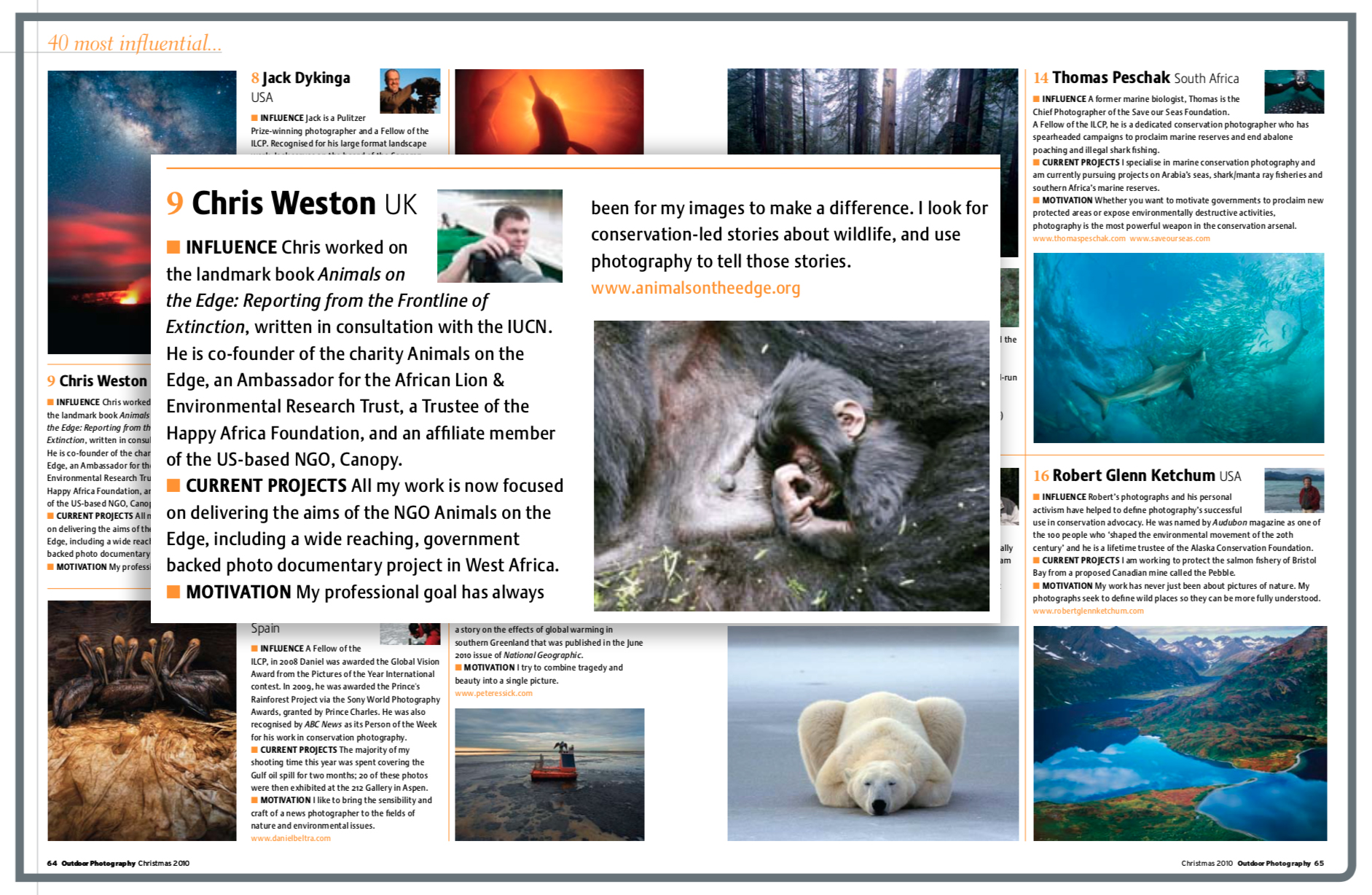Conservation photography
At the beginning of the last century a young ornotholgist named William L. Finley was so enraged at the slaughter of birds nesting on Three Arches Rocks, just off the coast of Oregon, that he risked life and limb to take pictures of the carnage. He sent the photographs to United States President Theodore Roosevelt with a plea the birds be saved. The President duly obliged and designated the rocks a National Wildlife Refuge. The slaughter stopped.
This is the first known example of wildlife conservation photography in practice. Finley wasn’t alone, however. Earlier, in the late 19th Century, landscape photographers Carelton Watkins and William H. Jackson used photography to help convince the Federal Government to create the Natioinal Park system in the United States. They, and Finley, were followed by photographers such as Ansel Adams and Philip Hyde.
From the time of its invention, photography has been used as a tool for conservation. And now, perhaps more than ever, for those of us dedicated to the conservation cause, our images have the potential to play a crucial role in the futures of humanity and the planet we live on by fighting injustice and educating against ignorance and, perhaps most importantly, in nurturing enabling beliefs and impassioning positive action.
Photography is often considered a lone pursuit. But the process of creation is only a small part – and the beginning – of the journey. A story isn’t a story unless it is told and the discemination of photographs for the benefit of us all is what motivates me to keep doing what I do.
The pioneers of conservation photography
Carelton Watkins
William H. Jackson
William L. Finley
Ansel Adams
Philip Hyde
In July 1861, Watkins traveled to Yosemite. He brought his mammoth 18×22 plate-camera (for detail) and his stereoscopic camera (for depth). He returned with 30 plates and 100 negatives – the first photographs of Yosemite ever seen in eastern US. In 1864, Watkins was hired to photograph Yosemite for the Californai State Geological Survery.
Jackson was a member of the Hayden Geological Survey of 1871, which led to the creation of Yellowstone National Park. He worked with multiple camera formats, under incredibly difficult conditions, traveling with as many as three camera-types at a time – a stereograph, a “whole-plate” 8×10 field camera, and an even larger 18×22 plate camera, for detail.
Finley was an American wildlife photographer and conservationist. The William L Finley National Wildife Refuge was named in his honor. In 1905, Finley visited and photographed Lower Klamath and Tule lakes in Oregon. His report in the journal Bird Lore helped prompt President Theodore Roosevelt to set aside both areas as federal bird reservations.
Adams was a landscape photographer known for his black-and-white images of the American west. A life-long advocate for environmental conservation, his photographic practice was deeply entwined with this advocacy. His work is widely credited with helping to expand the National Park system, for which he was awarded the Presidential Medal of Freedom.
Hyde was a landscape photographer, whose photographs of the American West were used in more environmental campaigns than those of any other photographer. His photographs helped prevent the damning of the Grand Canyon and appeared in campaigns to create North Cascades, Redwood, Sequoia, and Denali national parks, as well as many others.
Outdoor Photography’s 40-most influential
In 2011 I was honoured to be included in Outdoor Photography magazine’s list of the 40 most influential nature photographers from around the world who “go the extra mile to use their images and time to help highlight (and even fix) some of the most pressing environmental and conservation issues.”
You can download the full article in PDF format here.








